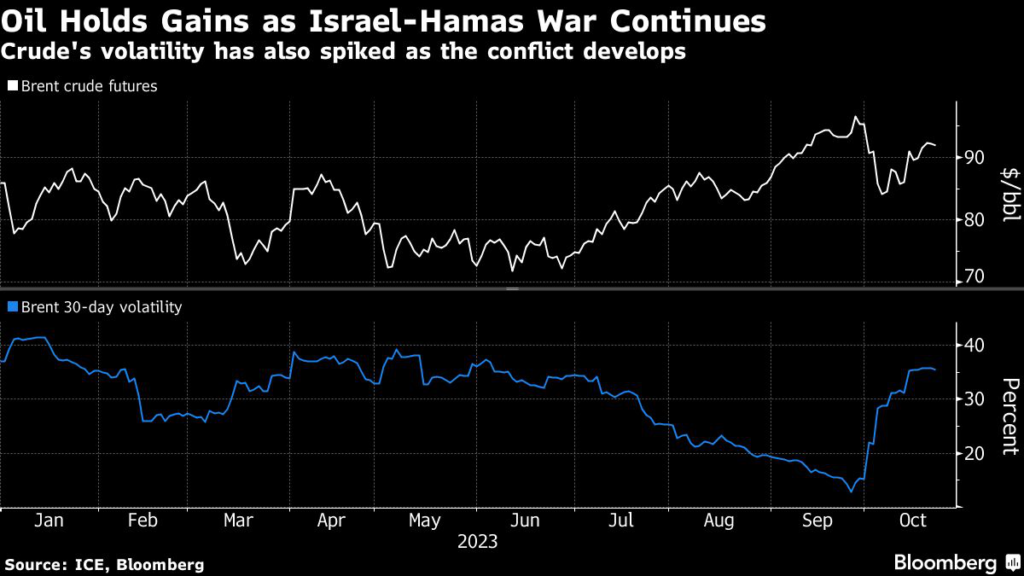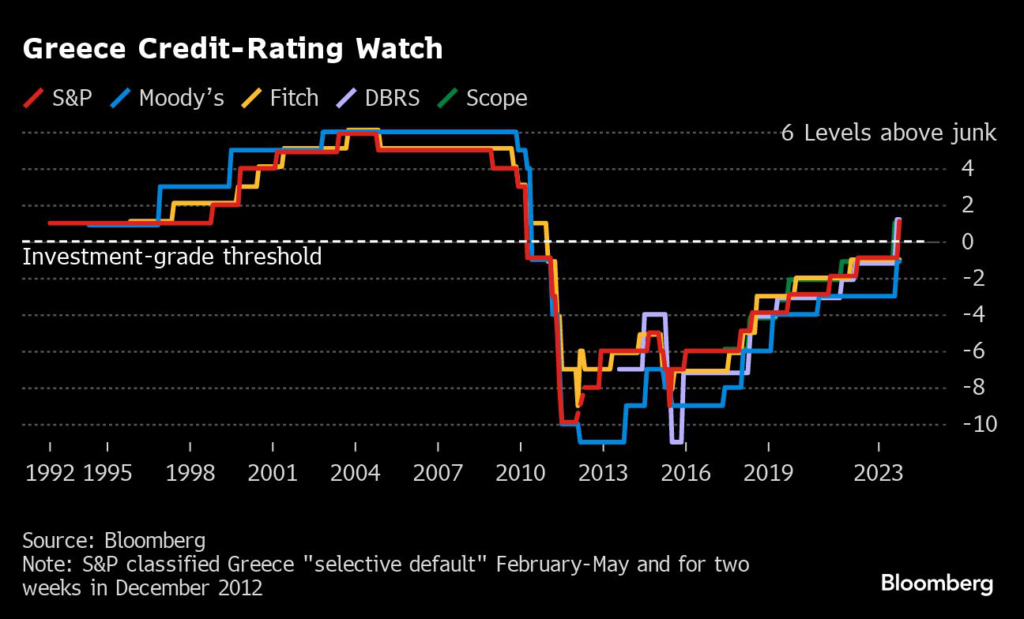Secretary of State Antony Blinken postponed his upcoming trip to Beijing after the US detected what it called a Chinese surveillance balloon lingering at high altitude over sensitive nuclear sites in Montana.
(Bloomberg) — Secretary of State Antony Blinken postponed his upcoming trip to Beijing after the US detected what it called a Chinese surveillance balloon lingering at high altitude over sensitive nuclear sites in Montana.
Blinken was set to have meetings in Beijing early next week in the first such visit by a top US diplomat in five years. But the presence of the balloon — which the Pentagon decided not to shoot down — led officials to decide that going now would send the wrong signal.
In a call with Chinese State Councilor Wang Yi, Blinken made clear “the presence of this surveillance balloon in US airspace, is a clear violation of US sovereignty and international law,” the top US diplomat told a briefing Friday.
“China’s decision to fly a surveillance balloon over the continental US is both unacceptable and irresponsible — that’s what this is about,” Blinken said. “It created conditions that undermined the very purpose of the trip.”
President Joe Biden was first briefed on the balloon on Tuesday and asked the military to present options, White House spokeswoman Karine Jean-Pierre said. Biden was told that the Pentagon opposed shooting the balloon down because of the risk posed by debris to people on the ground.
China took unusually conciliatory steps to smooth over the incident Friday, with the Foreign Ministry saying it was “regretful” that a civilian airship entered US airspace because of forces beyond its control. It said the balloon was conducting climate research.
Read more: What to Know About the Chinese Spy Balloon Floating Over the US
But the US didn’t buy that explanation. Blinken said the administration was “confident this is a Chinese surveillance balloon.” He declined to say when he might reschedule the trip, arguing that “job one” was getting the balloon out of US airspace first.
The balloon was first spotted earlier this week and had been loitering over Montana, home to intercontinental-ballistic-missile silos, a senior Defense Department official initially said. The official said the balloon posed no intelligence threat and such incursions have happened before.
Moving Eastward
The balloon has continued to move eastward and is now over the central US, Brigadier General Pat Ryder, a Pentagon spokesman, told reporters Friday. He said the balloon is maneuverable and has changed its course but declined to say whether it’s now under China’s control. He said it currently poses no danger to civilians on the ground and it’s above the level of air traffic, while shooting it down could pose dangers from its “debris field.”
Ryder said the balloon is expected to remain in US airspace for a “few days.” He said its flight violated international law.
The Pentagon’s initial announcement about the balloon on Thursday prompted an outcry from Republican lawmakers, with Representative Mike Gallagher, the chairman of a new House committee meant to highlight the Chinese threat, saying the presence of the balloon makes clear that China’s “recent diplomatic overtures do not represent a substantive change in policy.”
Earlier in the day, Chinese Foreign Ministry spokeswoman Mao Ning cautioned the US against “hyping” the incident. “We have no intention to violate other countries’ sovereignty and airspace,” Mao told a briefing, adding that she hoped “the relevant parties will handle the matter in a cool-headed way.”
Blinken’s trip was set to be the most senior US visit to China since 2018. For the Biden administration, it’s part of an effort to keep the China rivalry from getting worse. For leaders in Beijing, it’s meant to signal China’s emergence from post-coronavirus pandemic lockdown and a desire to reconnect with the rest of the world.
US officials declined to answer several questions about the balloon, including the precise target of its surveillance, its size or other specifications.
Lingering Over US
It wasn’t the first time a suspected spy balloon had been spotted over US territory. Unlike quick incursions in the past, though, this balloon is lingering over US airspace, according to a person familiar with US information on the situation.
While US officials decided not to shoot it down immediately because of risks from debris to people on the ground, assets have been mobilized to bring the balloon down if a decision is made to do so later.
It entered US airspace on Jan. 28, left it the next day and re-entered over North Idaho on Tuesday, the official said.
Actions were taken to block China’s ability to learn anything significant from the surveillance, according to a White House official. Biden asked top Pentagon officials to present options for shooting down the balloon, the official said, but they recommended against it because of the risks to those on the ground.
US officials declined to say why it’s believed the balloon belonged to China, saying only that US had high confidence in the assessment. The Chinese have for decades complained about the US surveillance by ships and spy planes near its territory, leading to occasional confrontations.
Greg Falco, an aerospace expert at Johns Hopkins University, said spy balloons were no better than satellites at getting good imagery, but that it’s possible the Chinese “are using them to intercept” communications.
Defense Secretary Lloyd Austin convened a meeting of his top advisers while on a trip to the Philippines on Wednesday. The US defense chief had been in the Philippines as part of a US effort to rally allies and counter what officials believe is China’s increased assertiveness in the South China Sea and toward Taiwan.
Tensions between Washington and Beijing have been running high, with the Biden administration becoming more explicit about its willingness to defend Taiwan in the event of a conflict. Last week, an Air Force general told his staff he believed the US and China would be at war by 2025. China, at the same time, has taken a softer tone, calling for an end to hostile rhetoric.
–With assistance from Josh Wingrove, Philip Glamann, Jennifer Jacobs, Roxana Tiron and Katrina Manson.
(Updates with Blinken comments throughout.)
More stories like this are available on bloomberg.com
©2023 Bloomberg L.P.









